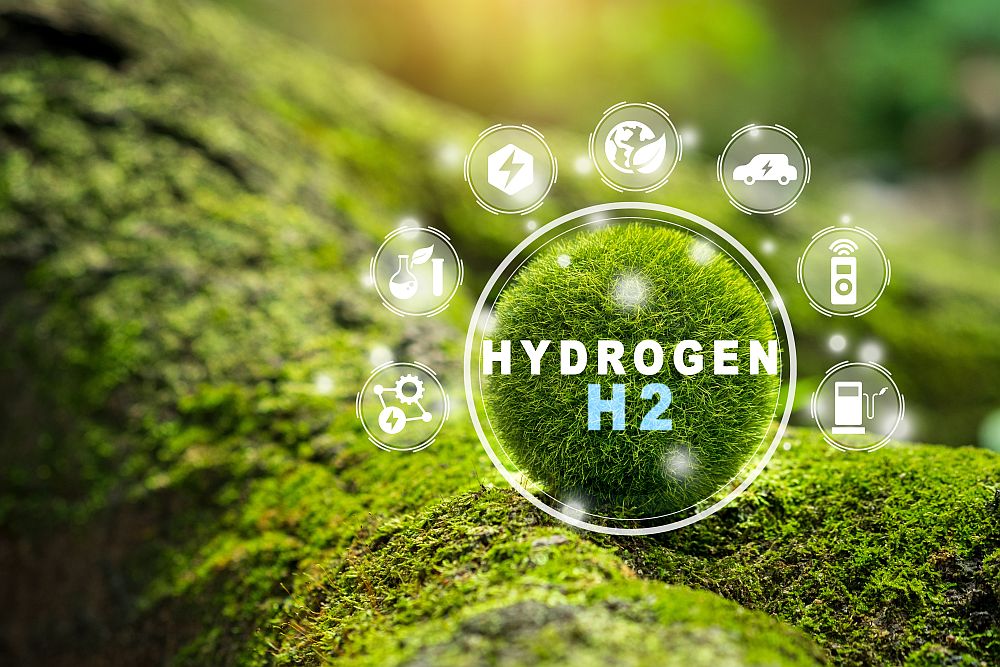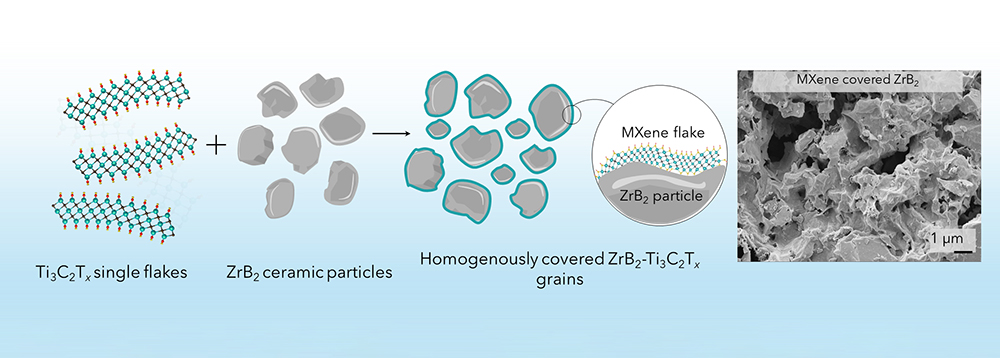
[Image above] Credit: Steve p2008; Flickr CC BY 2.0
Solar energy use in the U.S. spiked 33% in 2014, thanks to soaring solar industry expansion and affordable prices for panel installation.
And the first quarter of 2015 alone saw $50 billion of renewable energy investments—that’s up from $9 billion in 2004, according to an April Scientific American online article citing Bloomberg New Energy Finance.
As commercialized solar energy solutions continue to trend upward, researchers have shifted focus on ways to scale up technology for the next solar frontier: solar fuels.
Most recently, researchers at Eindhoven University of Technology (EUT) and the Foundation for Fundamental Research on Matter (FOM) in the Netherlands have developed a prototype of a solar cell that generates fuel instead of electricity.
The prototype processes gallium phosphide (GaP) into tiny nanowires, which enable the solar cell to separate hydrogen from liquid water to produce clean fuel in the form of hydrogen gas for use in the chemical industry or for combustion in fuel cells to drive engines—a very promising potential replacement for fossil and other polluting sources of fuel.
Using just the electricity generated from a solar cell to split liquid water to produce hydrogen gas is an efficient solution, but very expensive. So researchers are focusing their efforts on what semiconductor material exists that’s able to both convert sunlight into an electrical charge and split the water simultaneously to produce fuel.
The latest prototype from researchers at EUT and FOM suggest that all-in-one solution lies in using GaP nanowires.
“By processing the GaP using tiny nanowires, the yield is boosted by a factor of ten, while using 10,000 times less precious material,” according to a EUT press release about the study.

Electron micrograph of an array of gallium phosphide nanowires. Credit: Nature Communications
Although GaP is conductive, it can’t absorb and store light easily when it is a large flat surface, like in GaP solar cells. To solve this issue, the researchers “made a grid of very small GaP nanowires, measuring 500 nm long and 90 nm thick, which immediately boosted the yield of hydrogen by a factor of ten to 2.9%,” according to the press release.
“That makes these kinds of cells potentially a great deal cheaper… and GaP is also able to extract oxygen from the water—so you then actually have a fuel cell in which you can temporarily store your solar energy,” Erik Bakkers, professor at EUT and research leader, says in the release.
How important is developing a liquid form of solar fuel? Our current energy infrastructure is already built for it.
The Solar Fuels Institute (SOFI) at Northwestern University (Evanston, Ill.)—a global consortium leading the way in solar energy innovation—says “transportation, storage, and dispensing practices are well established for liquid fuels. Moving from a fossilized carbon-based fuel to a synthetic carbon-neutral fuel would require little to no modification of our current fuel infrastructure,” SOFI explains in a recent blog post.
The EUT/FOM paper, published in Nature Communications, is “Efficient water reduction with gallium phosphide nanowires” (DOI: 10.1038/ncomms882).
Author
Stephanie Liverani
CTT Categories
- Energy
- Nanomaterials


